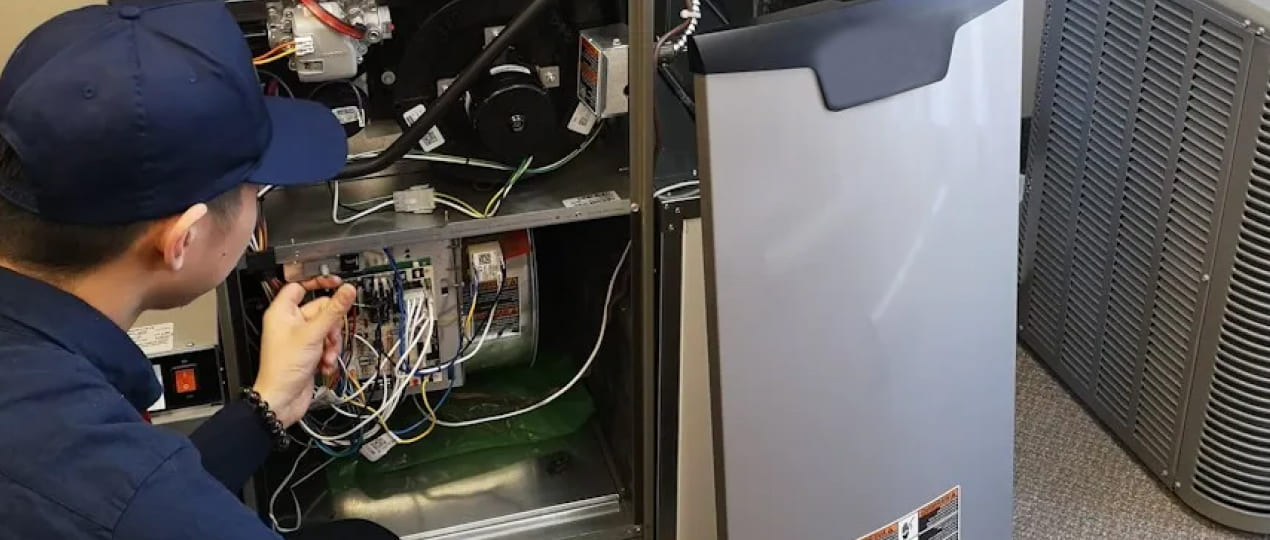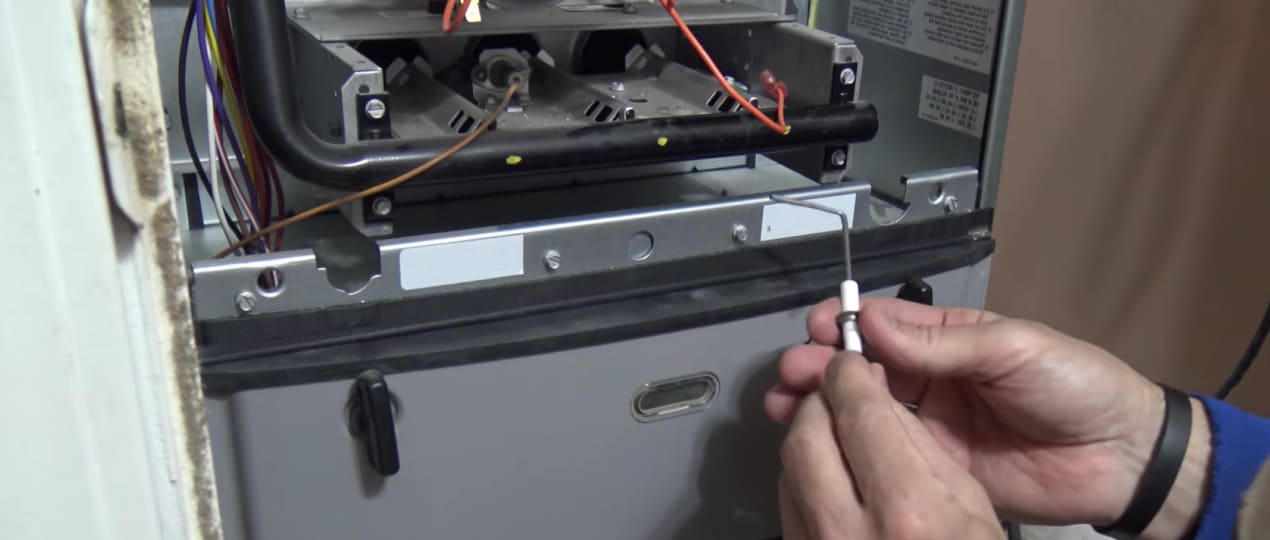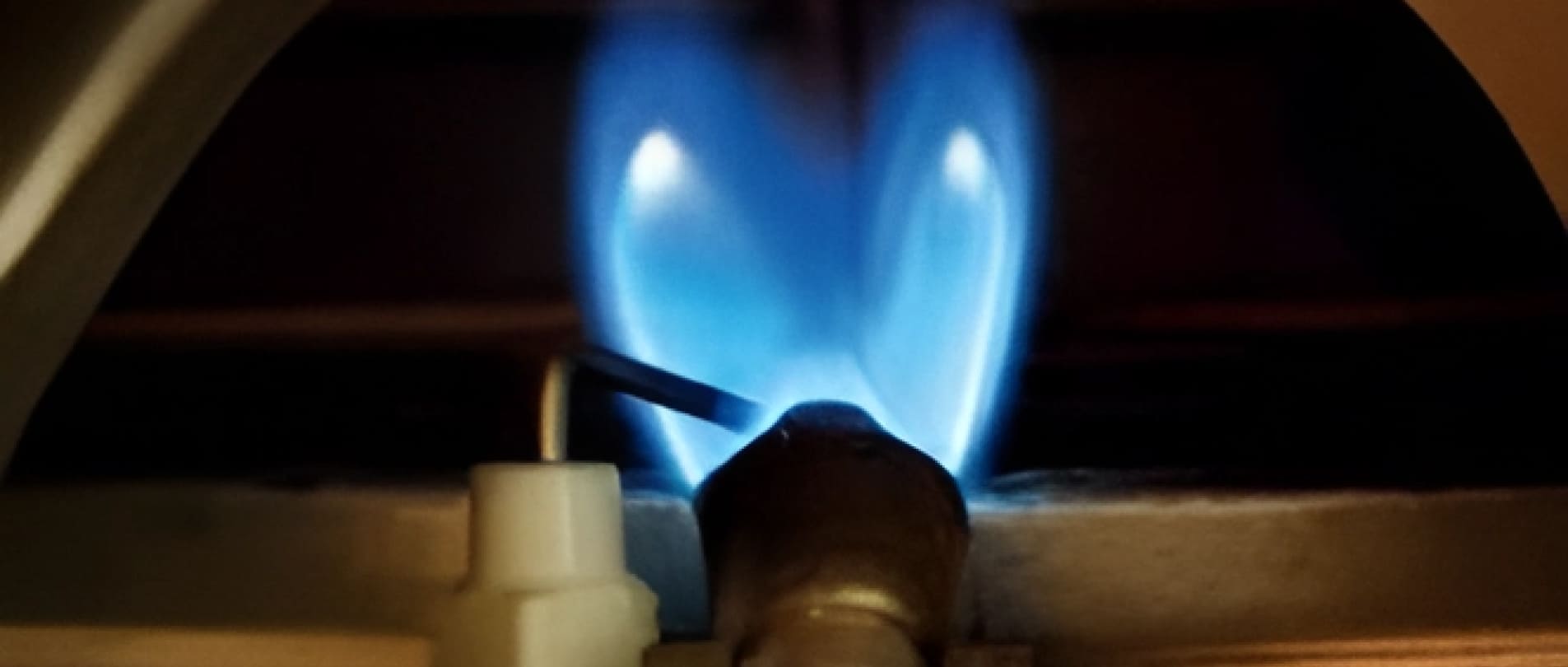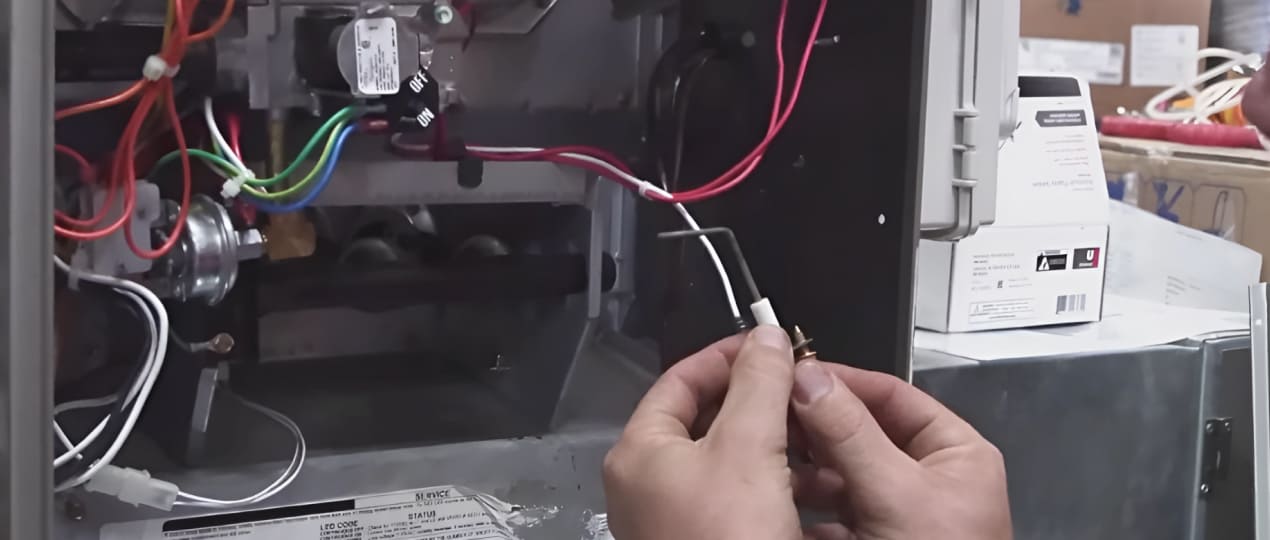
Keeping your furnace in optimal condition is essential for ensuring a warm and comfortable home during cold seasons. One of the most critical, yet often overlooked components is the flame sensor. When this small but vital part becomes dirty or corroded, your furnace may fail to ignite consistently, leading to a host of inconvenient problems. Understanding a process of furnace flame sensor cleaning and recognizing the early signs of trouble can save you from costly repairs, prolonged downtime, and potential hazards.
What is a furnace flame sensor and why is it important?
The sensor is a small, slender metal rod located within your heating system. It’s designed to detect whether the burner flame is present. If the fails to pick up the presence of a flame, it sends a signal to shut off the gas supply to prevent unburned fuel from accumulating inside.
Safety features are essential for both energy efficiency and user protection, as it significantly reduces the risk of gas buildup and combustion hazards. If cleaning is neglected, the sensor becomes dirty or coated with residue over time, which disrupts its ability to sense a flame accurately. Regular maintenance, including cleaning or replacing the sensor when needed, can make a big difference in keeping functionality. If you are not sure how to do it by yourself, you are welcome to contact Superior HVAC Services for experienced help and assistance!
The role of a flame sensor in your furnace
To understand how do you clean a flame sensor on a furnace, you first need to know the primary role. Essentially, it verifies that the fuel ignites within the burner, thus preventing any unburned gas from circulating. As soon as the furnace ignites, the sensor responds to the presence of a flame by allowing the system to continue running. If it doesn’t detect a flame, the control board will switch off the gas to avert a dangerous situation. This process happens rapidly, often within just a few seconds of ignition.
Signs your flame sensor might need cleaning
It’s not always obvious that you need to clean furnace flame sensor components until you experience noticeable performance issues. Common symptoms include frequent lockouts, a system that won’t stay lit, or a sudden spike in your heating bills. If your thermostat is calling for heat but the furnace only runs for a short cycle before shutting down, there’s a good chance the flame sensor is dirty. A faint smell of gas, albeit uncommon, could also point to ignition problems if the sensor isn’t detecting the flame properly.
Why does a furnace flame sensor get dirty?
Despite its relatively protected location, the flame sensor is exposed to combustion processes and other environmental factors that lead to buildup. Combusted natural gas, oil residues, lint, dust, and even small amounts of moisture can accumulate on the surface. Over time, this layer of debris disrupts the device’s ability to detect flames accurately.
Another factor that contributes to dirt or oxidation is improper ventilation, which circulates soot and particles that adhere to the sensor. Additionally, simple aging of your furnace causes minor corrosion or pitting, reducing the metal rod’s conductivity. By learning how to clean flame sensor on furnace systems and performing routine checks, you can mitigate these problems before they escalate.
How a dirty flame sensor affects furnace performance
A dirty sensor can result in intermittent performance, where the furnace tries to ignite multiple times before successfully running a full heating cycle. This frequent stopping and starting shortens the lifespan of your equipment and increases energy consumption. When you are familiar with cleaning a furnace flame sensor, you help maintain the reliability, ensuring that the furnace ignites on the first attempt and runs more efficiently. Neglecting a fouled sensor also stresses other components.
Stages of determining sensor issues
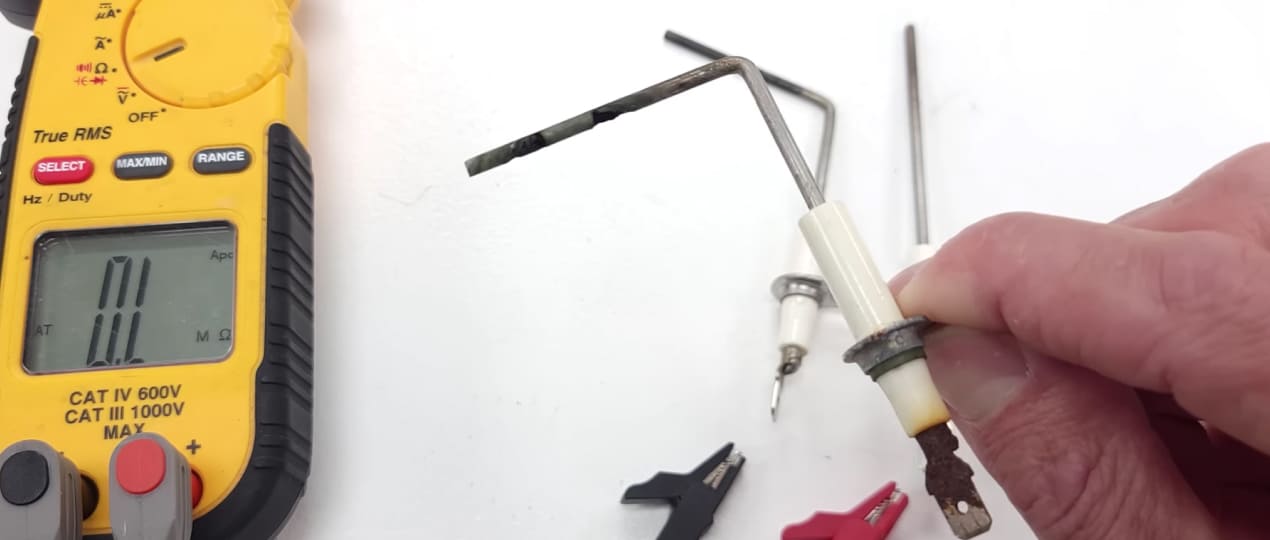
You should determine whether the flame detector is indeed the culprit for malfunction. Recognizing the signs early can help you decide whether you need to learn how to clean the flame sensor on my furnace or if a more thorough repair is necessary.
Five critical steps you might take to ascertain that your flame sensor requires attention include:
- Observe furnace start-up for immediate shutdowns.
- Check for blinking error codes on the control board.
- Listen for multiple ignition attempts or repetitive clicks.
- Inspect for visible dirt, soot, or corrosion.
- Note any unusual gas-like odor indicating ignition issues.
If your investigation leads you to a faulty detector, the good news is that cleaning or replacing it might be done relatively quickly. Armed with the right knowledge and tools, you’ll be ready to take the next steps confidently.
When it’s time to order services for your furnace?
Sometimes, routine maintenance isn’t enough to resolve persistent problems. If you’ve already tried basic cleaning techniques and your device continues to short-cycle or fail to ignite, professional service is likely your best option.
Clear advantages you’ll gain by contacting experienced professionals are:
- In-depth inspection of the entire furnace.
- Accurate diagnosis of any underlying or related issues.
- Proper calibration and testing of safety controls.
- Use of specialized tools and industry-approved techniques.
- Assurance of warranty compliance and reliable follow-up.
Rather than merely guessing at potential flaws, you’ll have the confidence that expert hands have thoroughly checked and optimized your system for both safety and performance. Contact Superior HVAC Services today, we are always ready to provide the best and high-quality overhauls.
How to clean a furnace flame sensor: step-by-step instructions
Now that you have a comprehensive understanding of the importance, it’s time to learn the proper method for how to clean a flame sensor in a furnace. Following a structured, step-by-step routine not only guarantees thorough cleaning but also reduces the risk of damaging other parts of your system.
The tools you’ll need, as well as each major step to follow, are the following:
- Tools you’ll need to clean a flame sensor Assemble a supple emery sheet or delicate grit paper, a driver tool, protective mitts, and an unsoiled, arid fabric. Steer clear of coarse scrubbing implements that could mar the metallic shaft.
- Turn off power and gas to your furnace Before commencing any maintenance, sever the furnace’s power supply at the circuit interrupter panel and close the gas control valve.
- Locate and remove the flame sensor Unlatch the access cover and locate a slender metallic rod adjacent to the burner unit. Gently detach any securing brackets or clasps.
- Clean the flame sensor safely and effectively Use your soft emery cloth or fine sandpaper to remove any dirt, soot, or corrosion. Apply light pressure and stroke evenly across the sensor.
- Reinstall the flame sensor and test your furnace After cleaning, simply reattach the sensor using the same brackets or screws you removed. Close the panel, restore power, and turn the gas valve back on.
By following these steps methodically, you minimize the risk of damaging your furnace and ensure it resumes normal operation quickly. Should you encounter ongoing issues, consult an HVAC specialist for a more detailed inspection or additional repairs.
How to replace a faulty furnace flame sensor
Even if you understand how to clean gas furnace flame sensor components, sometimes cleaning isn’t enough. If your detector is physically damaged, severely corroded, or shows signs of degradation that cleaning won’t fix, replacement is the safest choice. Replacements are typically inexpensive, and installing a new one resolves performance problems that persist after cleaning. Before buying a new appliance, confirm its compatibility with model by consulting the user manual or a certified technician.
Signs your flame sensor needs replacement instead of cleaning
If you’ve tried to clean it, and performance issues persist, check for obvious signs of physical damage such as cracks in the ceramic insulation or deep corrosion. Another clear indicator is when your furnace locks out repeatedly, even after thorough cleaning. In some cases, the rod might appear bent or warped due to heat stress, which compromises its ability to detect flames accurately. Continuously having to reset your furnace just to keep it running is yet another red flag. Rather than continually cleaning a device that has reached the end of its lifecycle, invest in a new one to restore safety and efficiency to your heating system.
When to call a professional for sensor replacement?
While many homeowners might confidently handle cleaning furnace flame sensor tasks, replacing the detector might require specialized knowledge or tools. A professional HVAC technician is able to ensure the correct type is installed and that all associated wiring and connectors are in good condition. If you’re unsure about the ignition assembly, pilot, or burners, it’s best to seek expert assistance. Professionals also detect other issues that might have contributed to the failure, such as a malfunctioning control board or a faulty gas valve. By opting for professional help, you maintain the manufacturer’s warranties and secure ongoing support if additional repairs or adjustments become necessary.
The importance of furnace flame sensor cleaning: key takeaways
Determining when it’s time for a professional inspection is a crucial step in care. Dirty or damaged appliances lead to short-cycling, failed ignitions, and unsafe operating conditions. By regularly examining and cleaning the detector, you reduce wear on other components, conserve energy, and maintain a consistent indoor temperature. Above all, never hesitate to seek professional guidance from a reputable Superior HVAC Service when problems persist. Doing so will keep your furnace running optimally and give you peace of mind during the winter season.
REFERENCES
1. Priya, S. N., Jones, L., & Kumar, M. R. (2020, December). Automatic Gas fired furnace. In IOP Conference Series: Materials Science and Engineering (Vol. 993, No. 1, p. 012141). IOP Publishing. https://iopscience.iop.org/article/10.1088/1757-899X/993/1/012141/pdf
2. Wang, W., Peng, C., Mi, H., Chen, C., & Zeng, D. (2020). Furnace flame recognition based on improved particle swarm optimization algorithm. Proceedings of the Institution of Mechanical Engineers, Part I: Journal of Systems and Control Engineering, 234(8), 888-899. https://doi.org/10.1177/0959651819898578

